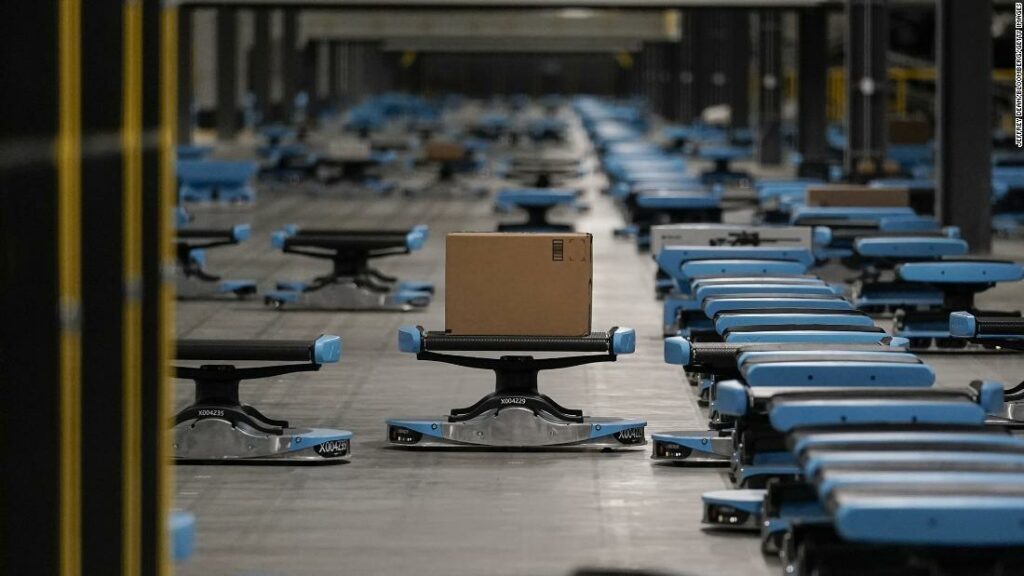Supply chain nightmares are doing what regulators and rivals can’t: Slow Amazon down

The company’s third-quarter earnings and sales “That works better for us than to have it all hit in a few concentrated weeks around Cyber Monday and Black Friday,” Amazon’s Olsavsky said Thursday. “Operationally, it’s easier to perform when the volume is spread out.”He added: “Love it in October, but we will take it in November and December as well.”The company is also using more containers and bringing in goods to new US ports to dodge clogged entryways on the West Coast.On the labor side, Amazon is increasing wages and dangling sign-on bonuses to ease “inconsistent staffing levels in our operations,” he said. Amazon is hiring 150,000 holiday workers to meet demand. Its starting average hourly wage is above $18, with an additional $3 an hour for certain shifts in some locations and signing bonuses up to $3,000.Despite the downbeat quarter and the challenges Amazon is facing, many analysts say it’s still gaining market share from competitors and remains in a stronger position than rivals to weather ongoing supply and labor disruptions. The company has also spent heavily in recent years to build new warehouses and add capacity in an effort speed up delivery times. Analysts expect these investments to benefit Amazon in the long term.”We remain positive on [Amazon] in the longer term, and believe that supply chain issues and elevated shipping costs are temporary, not structural,” James Lee, an analyst at Mizuho Securities, said in a note to clients Friday.—CNN Business’ Clare Duffy contributed to this article.





